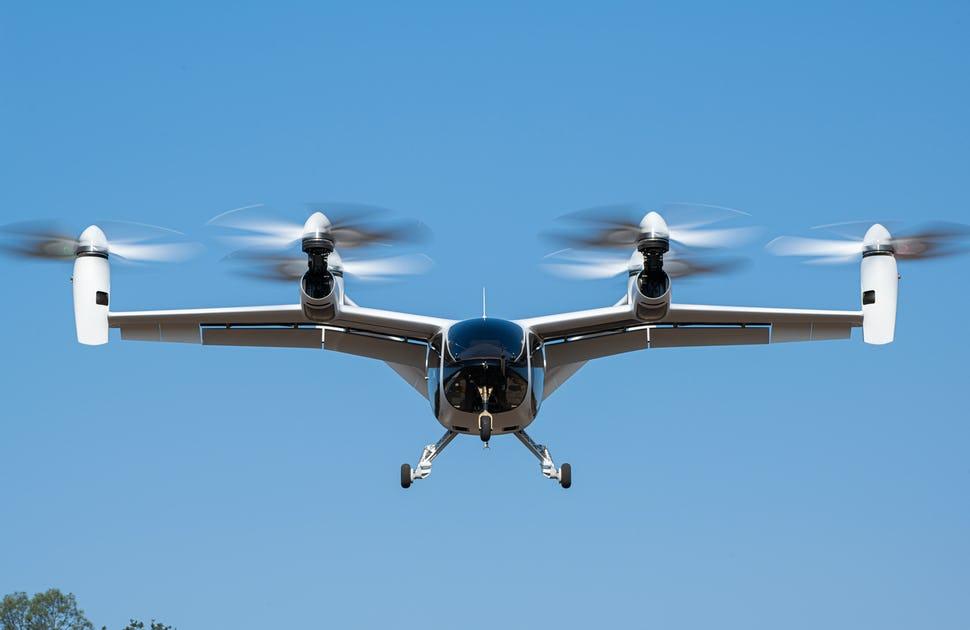
The FAA expects to certify the first of a new generation of advanced or urban air mobility (AAM/UAM) aircraft later in 2021 and says regulations will be in place in time for initial piloted electric vertical-take-off-and-landing (eVTOL) operations to begin as early as 2023.
“Based on where we see projects, probably our first aircraft to get certified will happen sometime this year,” FAA executive director of UAS and AAM integration office Jay Merkle said. “We’ve probably got two or three others right behind them.”
Merkle, who was speaking at the Vertical Flight Society’s virtual eVTOL symposium, declined to identify which specific AAM/UAM project was leading the field towards certification and did not comment on whether the aircraft was an eVTOL or an advanced electric fixed wing design. However, he said all the frontrunners “really want to begin operations by 2023 ... and then ‘for fee’ services around 2024.”
“[The FAA] is engaged with numerous companies on aircraft and engine types certification; 37 companies or certification projects, and seven electric engine companies,” Merkle said. “Our focus right now will be very much on getting those aircraft through [certification], and then getting them operating.”
The cohort of leading eVTOL designers includes Joby Aviation, which became the first UAM developer to lock in a certification basis with the U.S. regulatory agency. However, approval under Part 23 regulations with special conditions is not widely forecast until 2023. Joby also disclosed at the conference that the S4 configuration of its planned air taxi is “close” to the production aircraft, thereby indicating that a follow-on conforming prototype is yet to come.
Other eVTOL developers such as Beta Technologies, the Boeing and Kitty Hawk-funded Wisk, and other non-U.S. based projects such as China’s EHang and Germany’s Lilium are thought to be further behind. Volocopter, also a German-based project, hopes to gain European EASA approval in 2022, while Lilium is targeting certification around 2024.
As for certification within the existing FAA regulatory framework, Merkle said “so far we have not seen any major impediment based on our current regulatory infrastructure that would prevent these types of operations. So, we’re encouraged by that. We realize as the operations get more and more advanced, we will probably have additional challenges.”
A key issue facing AAM, however, continues to be airspace integration. “I think this is going to be a big challenge for this community,” Merkle said. “The traditional operators in this airspace will not easily yield their positions, and there will have to be some detailed discussions on how to do scale operations, particularly in already densely dense aerospace and urban areas—and the ability to get aircraft in and around while the other operator’s operations are ongoing.”
Merkle also issued a warning to some unidentified hopefuls among the more than 200 commercial projects aiming for a place in the AAM/UAM market, saying that many have not placed a “sufficient emphasis on airworthiness.” Referencing concepts from companies that are evolved from unmanned air vehicles and cargo drone projects, he said “please, please be very conscious of the fact that just because you met one set of requirements, this doesn’t mean you can meet civil airworthiness requirements. We need original equipment manufacturers to focus on that.”





